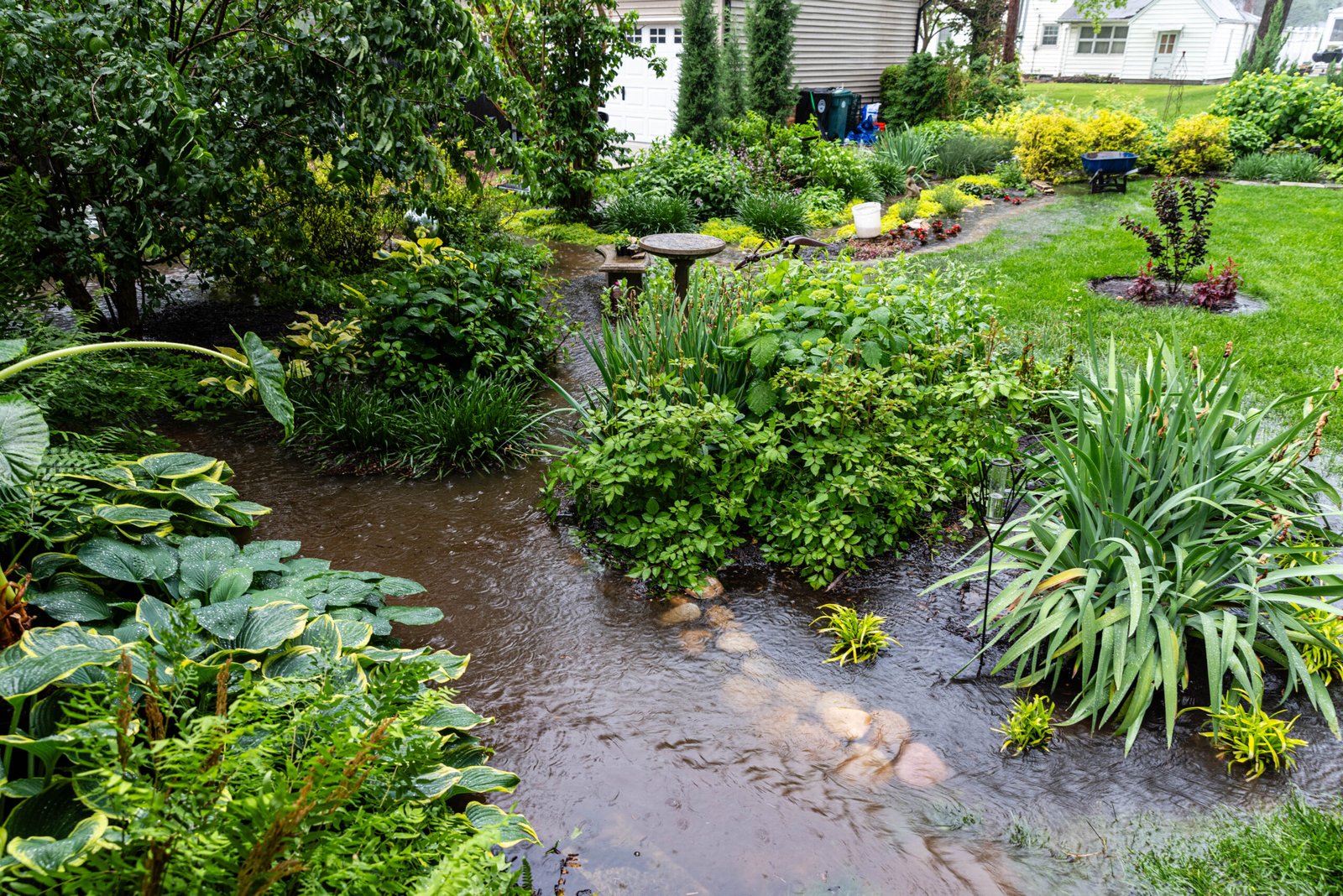Ever stumble upon a plant and wonder, “What is this beauty?” A plant ID app can be your quick solution. Some are free, others offer trials, but many require a subscription. Choosing the right app depends on your preferences and how you plan to use it.
Why Use a Plant ID App?
Even seasoned botanists can’t identify every plant. These apps are great tools, though they have their strengths and weaknesses.
Pros:
- Quick and easy to use.
- Accessible on your smartphone.
- Can identify toxic or invasive species.
- Often free or low-cost.
Cons:
- Accuracy can vary.
- Some need good cell service to work.
- May require subscriptions or watching ads.
- Could collect and share personal data.
Top 5 Plant Identification Apps
1. PictureThis
Why It’s Popular: Ranked the top plant app in 2023 by Michigan State University.
Details: The free version offers limited searches. To unlock more, you’ll need to upgrade or watch ads.
Best For: Serious gardeners wanting detailed plant care advice.
2. iPlant
Why It Stands Out: No ads or subscriptions. Includes a database of over 15,000 species.
Details: Save plants to reference later. Works well for users who need simple, ad-free identification.
Best For: Straightforward, no-frills plant ID.
3. PlantNet
Why It’s Loved: Citizen-powered with user-submitted data. Results improve as more people contribute.
Details: Free for iOS and Android. Best for identifying wild plants and native species.
Best For: Nature enthusiasts exploring the great outdoors.
4. iNaturalist
Why It’s Unique: Combines community input with expert reviews. It’s part social platform, part plant ID tool.
Details: Free to use, but you’ll need to create a profile. Experts monitor for accuracy.
Best For: Collaborative learning and contributing to plant science.
5. Google Lens
Why It’s Convenient: Powered by Google, it identifies plants and much more.
Details: Pre-installed on many Android phones and free for iOS users. Works quickly but includes ads.
Best For: A versatile app that does more than just plant ID.
Tips for Getting the Best Results
Take Clear Photos: Focus on flowers, leaves, or fruit.
Capture Multiple Angles: Show bark, stems, and overall shape.
Add Context: Mention where the plant is growing (e.g., a forest, or garden).
Use Mature Plants: Young specimens can be harder to identify.
If apps aren’t your thing, try your local Extension office, field guides, or the USDA plant database. They’re all reliable and ad-free!
Final Thoughts
Plant ID apps are fantastic tools for gardeners and plant lovers alike. While they aren’t perfect, they can help you identify and learn more about plants in seconds. Give one a try—you might discover something fascinating in your backyard! 🌱







